By: Laura Paskus 10/28/2009
..."3. Oil is thicker than water
Dystopia: Scrambling to shore up traditional industries during an economic panic, regulators delay or overturn environmental protections meant to protect water supplies. In the future, inhabitants of the area find they are unable to find clean sources of water for drinking or agricultural uses.
Remember how surprised those astronauts in Planet of the Apes were to find the Statue of Liberty on the shores of that unknown planet? Just imagine how upset and confused future migrants through New Mexico are going to be when they find drill rig after drill rig—and as they walk for days from water source to water source, seeking water that sickens even the stoutest of men.
Reality: In the past, oil and gas developers were allowed to leave or bury wastewater—brackish water brought from deep beneath the surface that was also contaminated with chemicals or oil and gas residues—on-site, according to Bruce Frederick, an attorney with the New Mexico Environmental Law Center. Between the mid-1980s and 2003, the New Mexico Environment Department recorded nearly 7,000 cases of waste pits causing soil and water contamination and, in 2005, the New Mexico Oil Conservation Division documented almost 400 incidents of groundwater contamination from oil and gas pits.
Between the mid-1980s and 2003, the New Mexico Environment Department recorded nearly 7,000 cases of waste pits causing soil and water contamination and, in 2005, the New Mexico Oil Conservation Division documented almost 400 incidents of groundwater contamination from oil and gas pits.
Then last May, after weeks of hearings and expert testimony, New Mexico’s Oil Conservation Commission signed a new rule changing the way developers handle waste water from oil and gas wells.
In a victory for landowners and environmentalists, the state had decided, Frederick says, the practice should end unless the waste met some pretty stringent standards, including that the waste’s chloride load not exceed 250 milligrams per liter.
Industry protested having to haul pit waste to disposal areas where it would be regulated and monitored, preferring instead to bury it on-site.
After meeting with oil and gas industry representatives, Richardson directed the Energy, Minerals and Natural Resources Department to work with them and modify provisions of the rule.
At that point, the chloride standard was relaxed from 250 to 3,000 milligrams per liter—that’s 12 times what the state had previously determined safe.
Frederick also points out that while the state will require drillers to line waste pits, that doesn’t guarantee protections.
“We know all liners leak after a time, and the model predicts that given certain optimal conditions, we won’t have groundwater contamination for 2,000 years,” he says. “That assumes perfect installation in these hundreds of pits, but there is no inspection and no monitoring.”' More>>>>


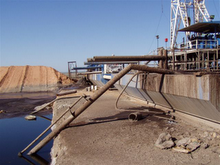



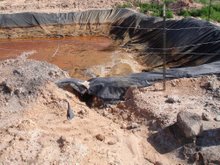

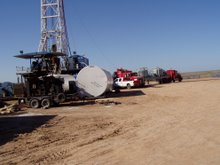
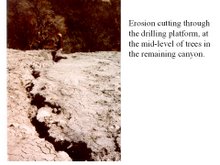
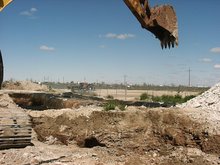
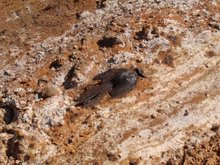
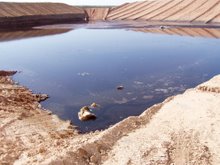
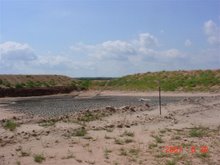
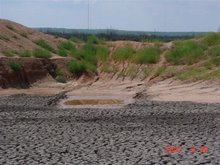
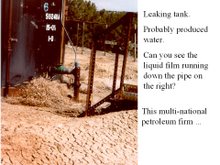
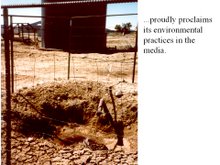
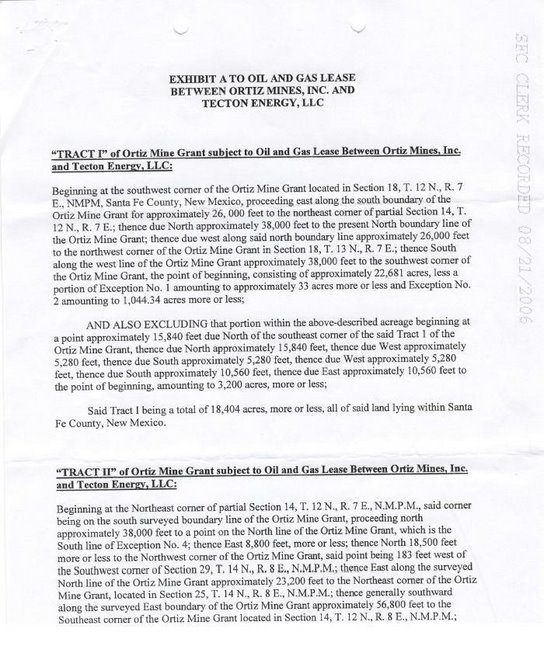
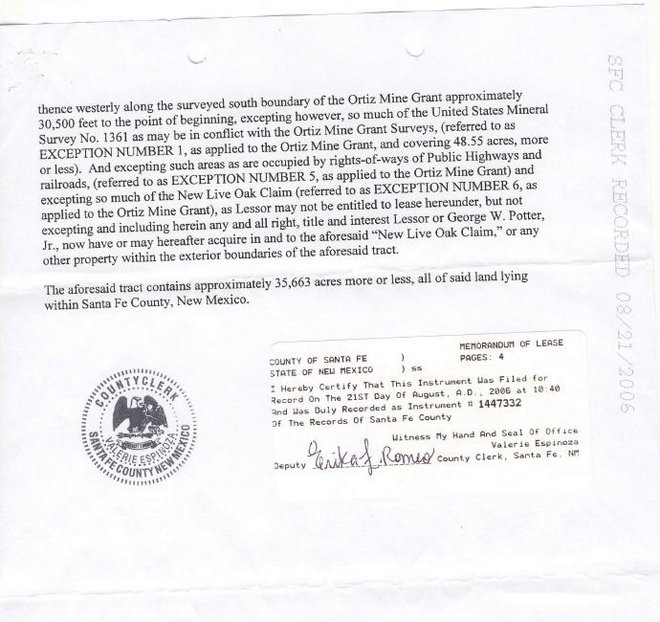
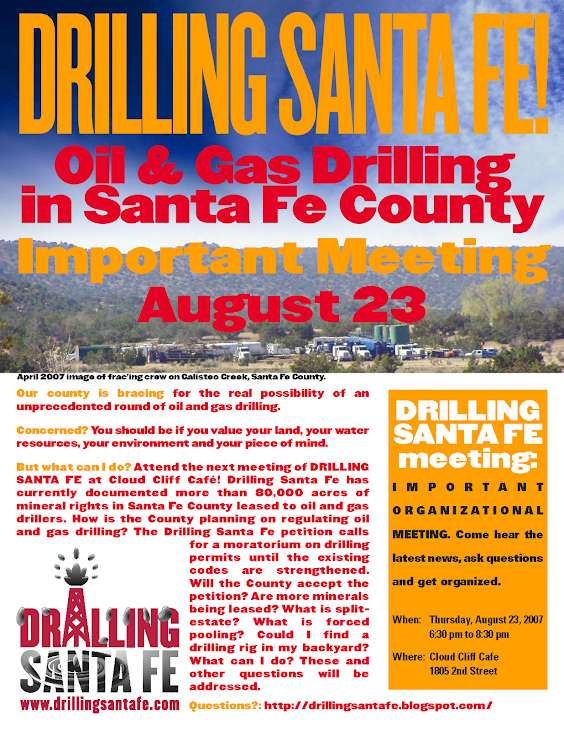

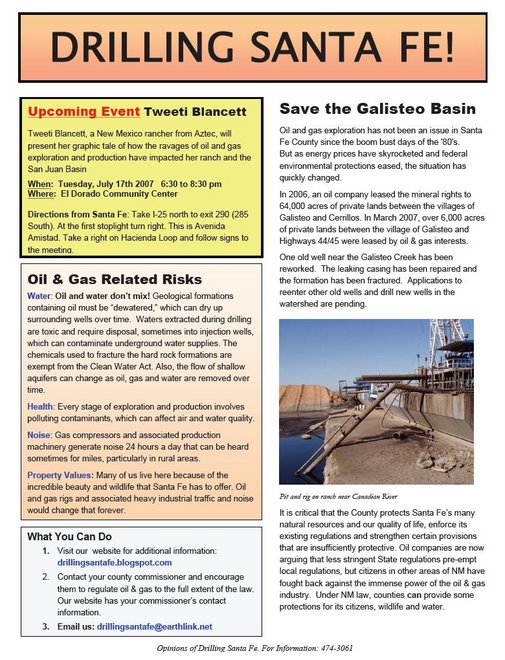
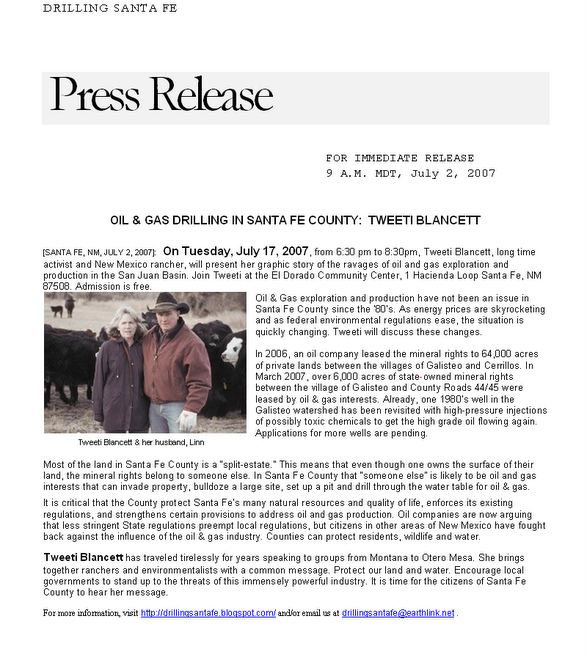
No comments:
Post a Comment